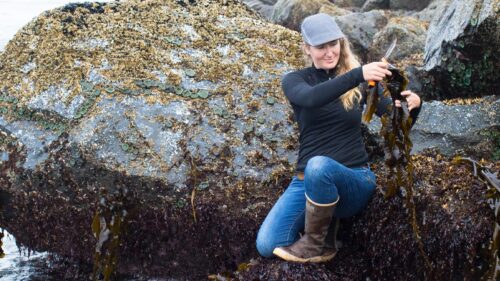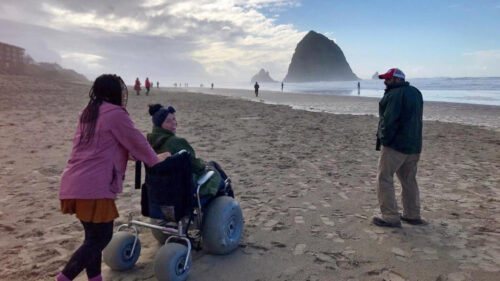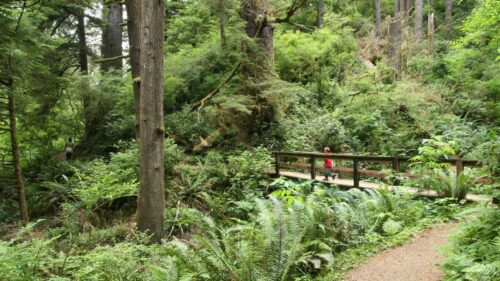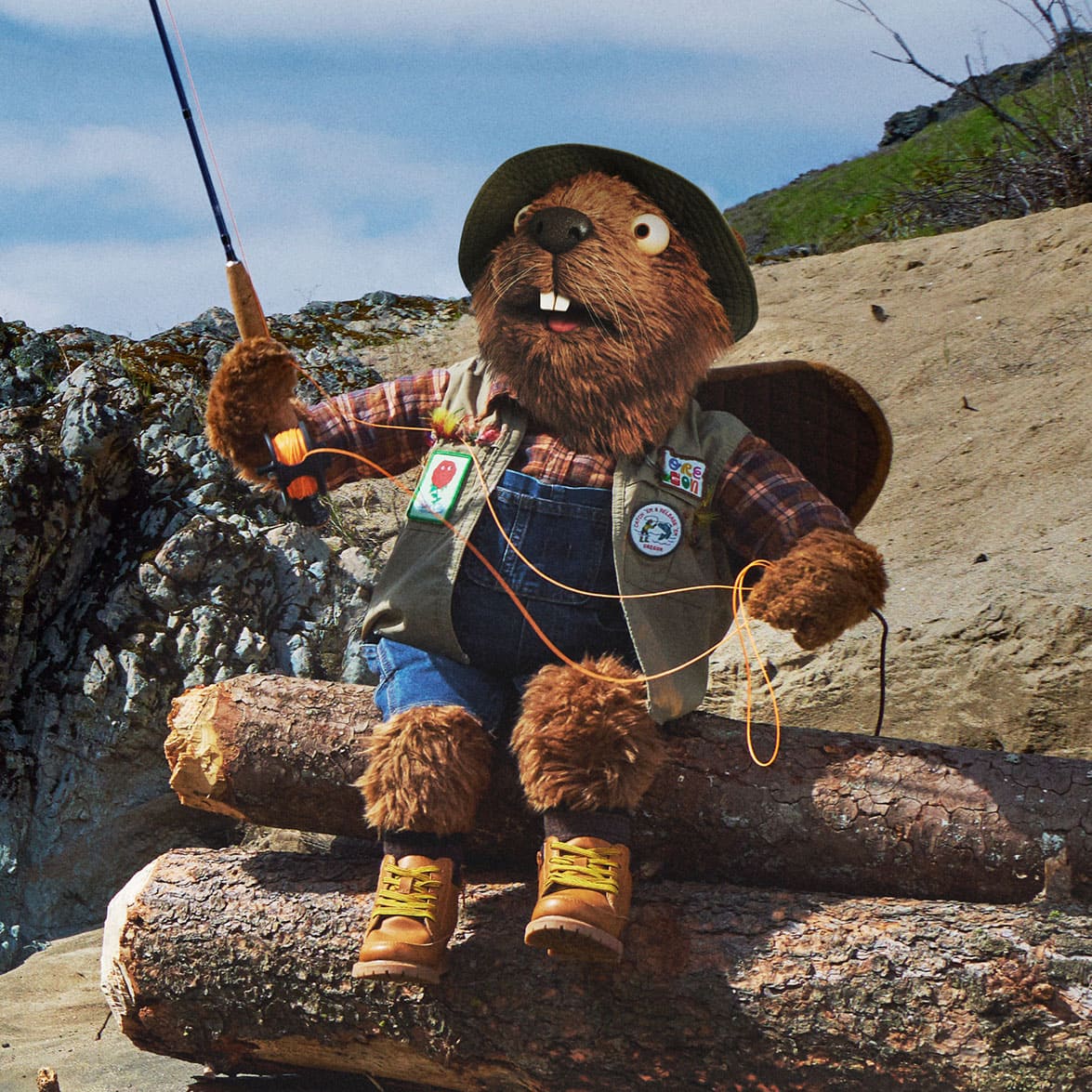Alanna Kieffer dips a mesh net into a bubbling, open-air tank and scoops up a tangle of dulse, a reddish-brown seaweed that’s unexpectedly feathery and frilly — and definitely pretty enough to eat.
At the center of the voluminous tank, a bubbler aerates the water and circulates the seaweed, ensuring each plant gets enough sunlight. The swirling fronds pop up and down in the water like an aquatic art installation. Out in the wild, this seaweed grows in flatter, deep-red leaves on wave-beaten intertidal rocks, but here at Oregon Seaweed in Garibaldi, it free-floats in twenty 1,500-gallon waterfront tanks.
Each humming vat stores up to 400 pounds of seaweed growing happily there by pumping fresh seawater straight from the ocean each day. This is the second land-based seaweed farm for Oregon Seaweed, joining their first farm in Bandon, on Oregon’s South Coast, which opened in 2018. Seen as one solution to global food supply issues related to a changing climate, seaweed is being championed by advocates for its potential to provide plant-based nutrients in a sustainable way. Here’s how and why dulse has become such a popular superfood — and where you can find it in Oregon restaurants, in markets and on a tour.
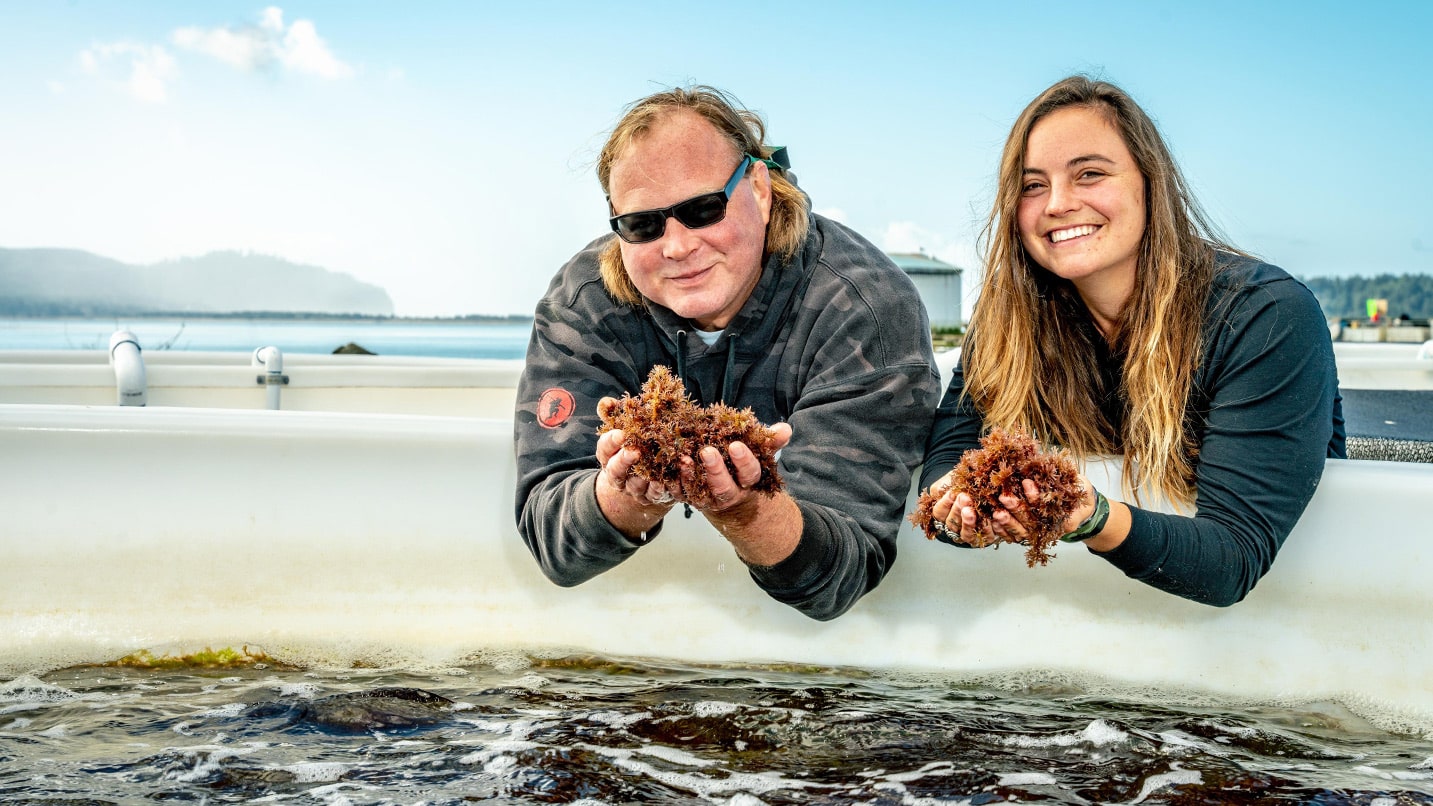
Farming the Next Superfood
Along Oregon’s coastline, over 50 different species of wild seaweed — from long fronds of wakame and kombu kelp to tissue-like nori and emerald-green sea lettuce — grow in the rocky intertidal zone and just beyond. Since commercial harvesting of these wild plants is highly regulated in Oregon, it’s the cultivated red dulse that is the rising star for land-based seaweed farming across the globe. Kieffer calls it a miracle plant. “All it needs is fresh seawater and sunshine to survive,” she says.
The team starts with a cluster of dulse that replicates by cloning. As the clusters grow larger, they eventually break apart, and then those clusters grow and grow — at a rate of about 200 grams per square meter per day. For comparison, soy grows at about 5 grams per square meter per day.
Often described as a sea-based version of kale, Kieffer believes that dulse is equally versatile but much more delicious. The nutrient-rich algae is also packed with calcium, potassium, iron and omega-3s. “Unlike kelp, dulse is a complete protein,” says Kieffer. “It’s one of the healthiest and most sustainable foods in the world.”
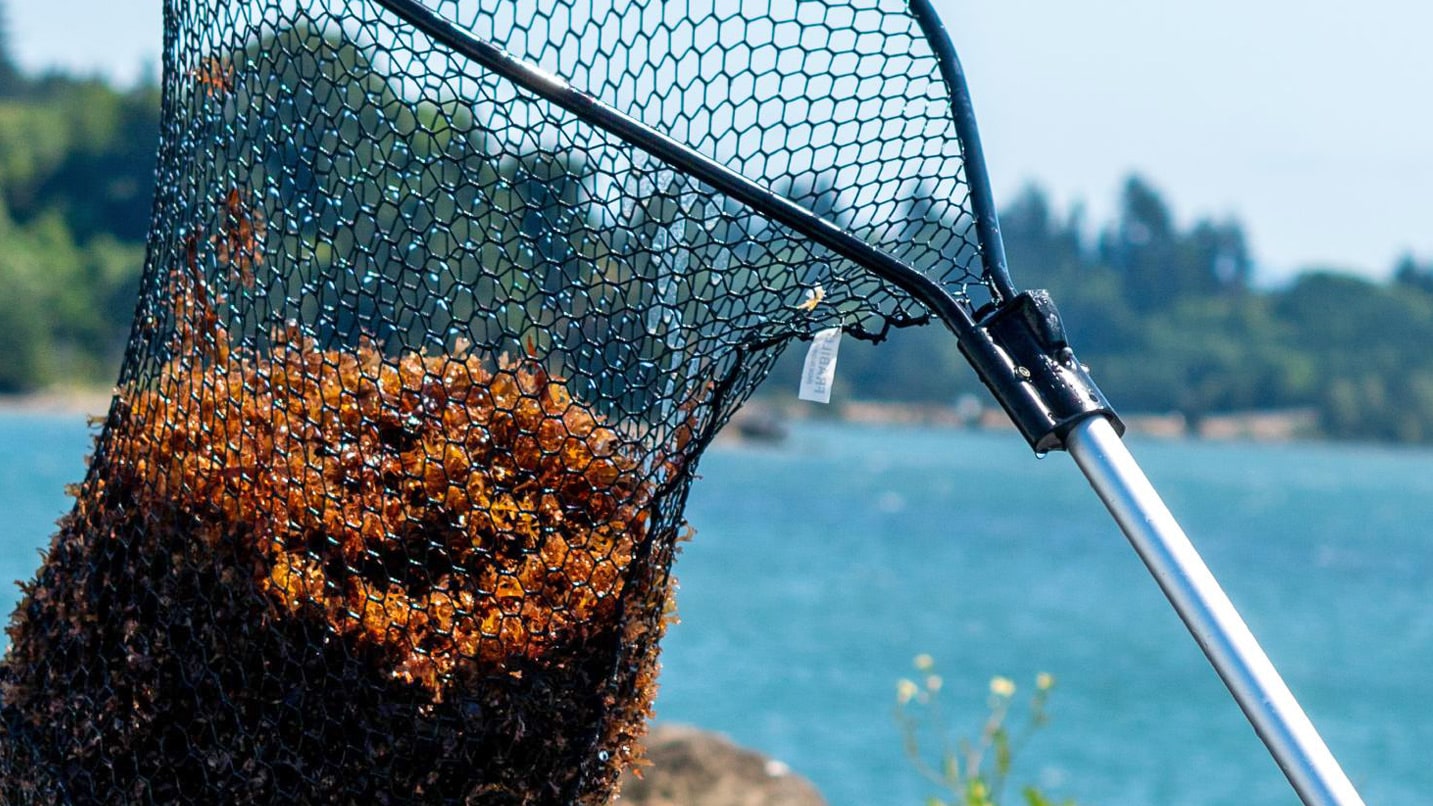
Seaweed Favors the Bold in Oregon
The story of Oregon Seaweed reads like a feel-good Hollywood screenplay — and a true tale of Oregon innovation. After retiring from his corporate career, CEO Chuck Toombs taught marketing at Oregon State University’s College of Business. Seeking to leverage the university’s leading research for class projects, Toombs visited OSU’s Hatfield Marine Science Center for inspiration.
Cue Chris Langdon, a professor of fisheries, who introduced Toombs to dulse. For decades, Langdon was cultivating a particular strain of dulse as feed for abalone. The seaweed was fast-growing, self-cloning and protein-rich. While others saw giant vats of algae for marine creatures, Toombs saw a sustainable superfood for humans, part of the growing plant-based food revolution in Oregon and parts beyond.
In 2015 Toombs licensed the use of this red dulse strain and partnered with OSU’s Food Innovation Center and local chefs on recipes. Their announcement that fried dulse tastes like bacon went viral and landed Toombs on “The Today Show” and in countless publications.
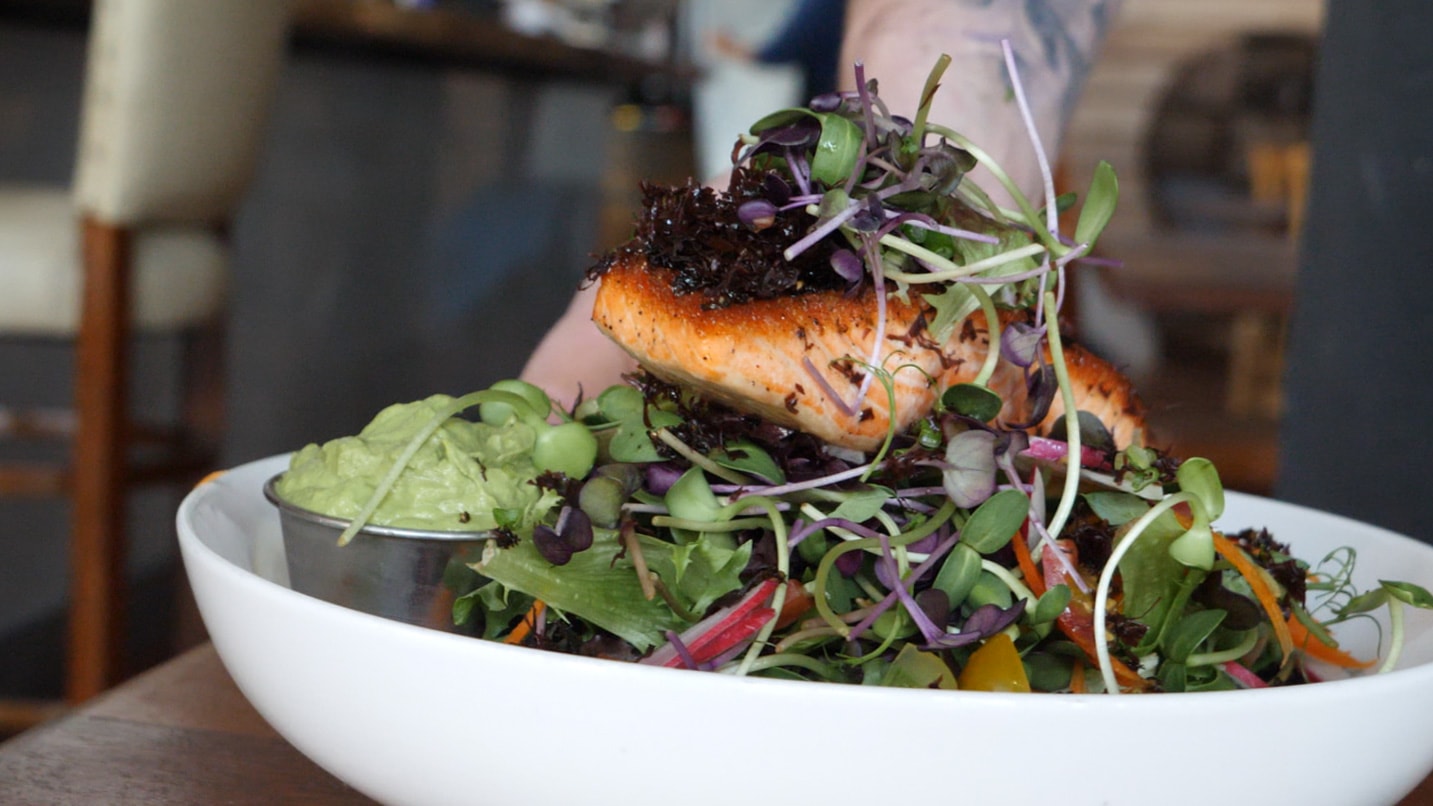
Enjoy This Sustainable Superfood in Local Restaurants
While the sustainability of cultivated dulse impresses environmentalists, its versatility in the kitchen attracts Oregon’s culinary world.
“Dulse is a quick, fun way to add salinity to a dish,” says Kari Kihara from Mac Market in McMinnville. For a recent dinner special, Kihara pickled dulse and served it with crispy arancini and a dollop of miso nori aioli. She also loves the slight funk it adds to compound butter, which is then slathered on a warm baguette and served with oysters.
In Portland John Conlin from Tercet regularly features seaweed on his menu. “I use it to add body and umami to dishes,” he says. “I’ve found that the sharp briny qualities of Oregon dulse pairs well with shellfish, so we often use it to make a sauce that enhances the seafood.”
At his vegan hot spots Fermenter and Workshop Food & Drink, also in Portland, chef Aaron Adams offers a vegan caviar service inspired by seaweed. “Caviar isn’t meant to be fishy or overly pungent, but it’s that light sea flavor that makes it special,” he says. “Seaweed allows us to extract a sweet, oceanic flavor that is found in caviar.”
On the Coast, chef Enrique Sanchez-Rodriguez at Newport’s Local Ocean has a popular black-cod poke that combines pickled peach, red onion and dulse in ginger-soy marinade. He also makes a grilled-rockfish sandwich sprinkled with fried dulse and seaweed mayo. “I love to fry dulse,” he says. “It enhances the salty flavor as well as adds crunch.”
Order a bowl of freshly made bucatini at The Salmonberry in Wheeler and you may notice tiny flecks of dried dulse in the pasta noodles. “It adds a depth of flavor,” says co-owner Chantelle Hylton. You also might find wood-fired pizza specials topped with crunchy dulse, as well as creative pantry items for purchase, like a savory dulse-chili crunch. The restaurant was also one of several venues in Portland and on the Coast that hosted guest chefs for the Winter Waters festival in 2023, celebrating creations made from dulse and other sea plants.
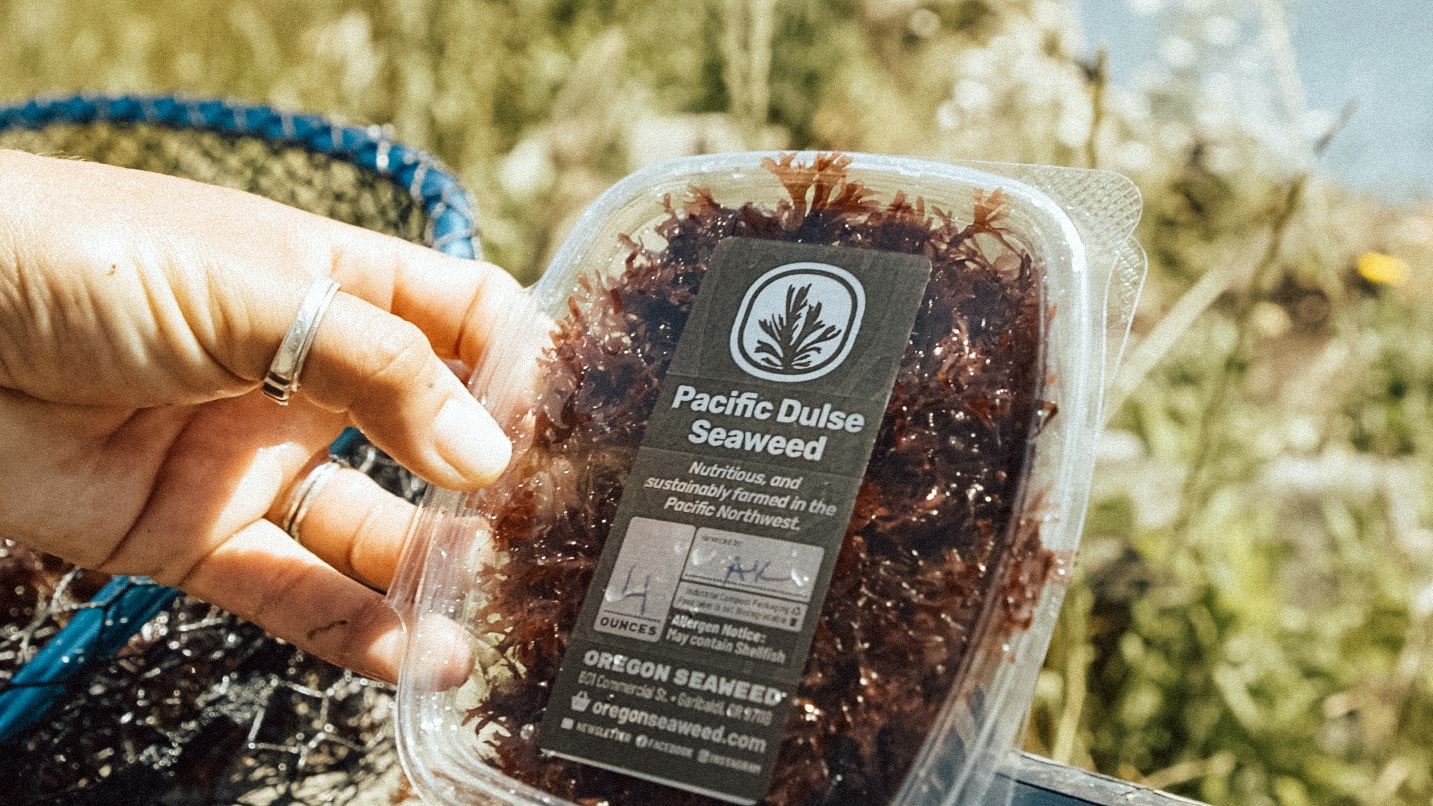
Buying Fresh Seaweed for Home Cooking
As the popularity of this regenerative sea vegetable continues to skyrocket, there are more markets selling Oregon Seaweed’s fresh dulse across the state. Because it’s an intertidal seaweed — submerged or uncovered with the tidal swings — dulse is more hardy than deeper-water kelp and stays firm and flavorful for 10 days in the refrigerator. You can find it in home-cook-friendly packs at Flying Fish Co., Providore Fine Foods and New Seasons Market stores in the Portland metro area. Around the Columbia River Gorge, point your car toward Hood River and head to the stocked coolers at Fishpeople Seafood.
Along the Coast, you can regularly find fresh dulse at the Astoria Co-op and North Coast Food Web, Wild in Manzanita, Fishpeople’s outpost in Garibaldi, and Food Roots in Tillamook.
For kitchen inspiration, try this Japanese-inspired sunomono recipe of shrimp and cucumber seaweed salad, a zippy dulse Caesar dressing or even a seaweed cocktail from Ny Lee of Fracture Brewing.
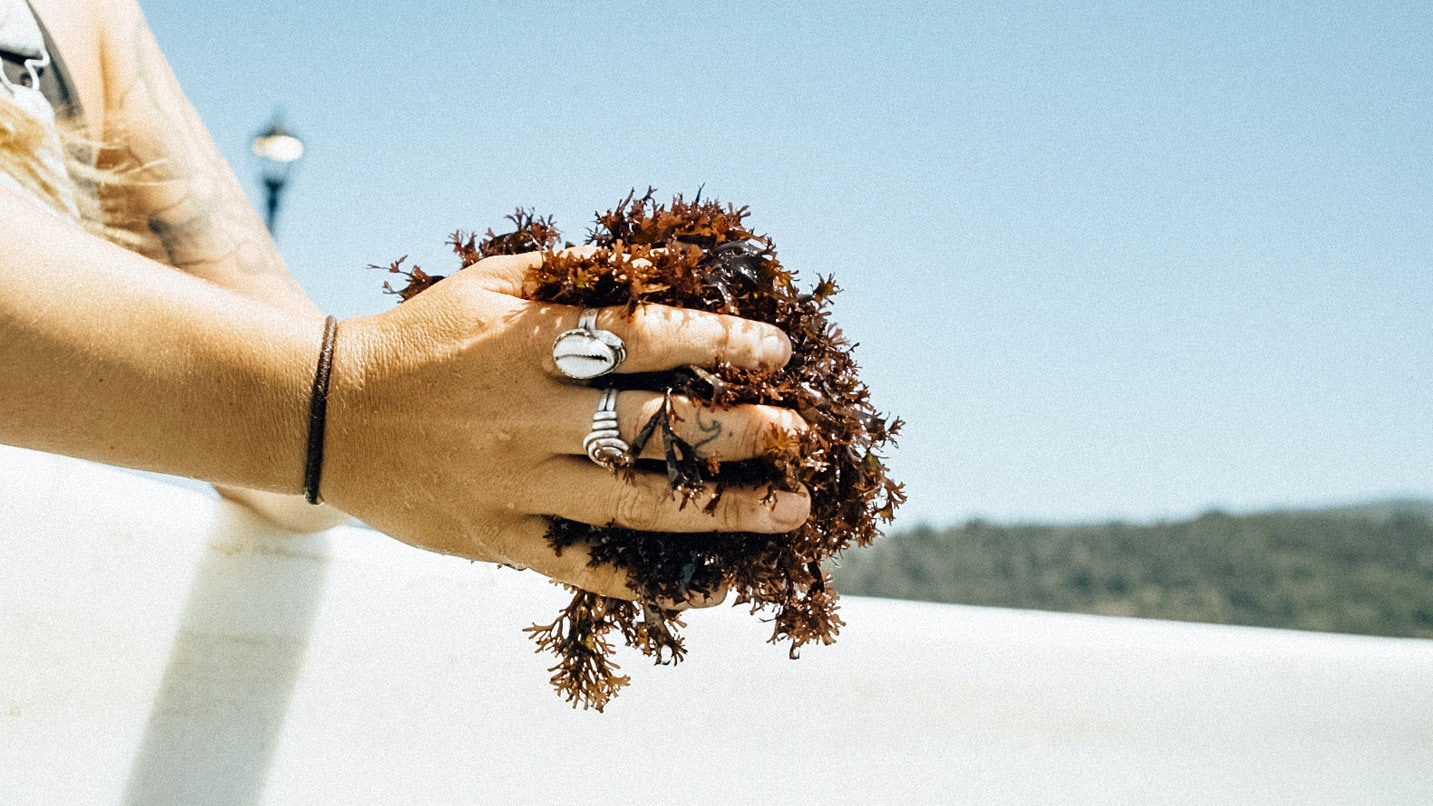
Foraging Seaweed on a Wild Food Adventure
There’s so much more to discover about the world of seaweed. You can join experts on a wild food adventure and learn how to harvest various sea vegetables and other coastal edibles. John Kallas — one of the state’s leading experts on wild foods — offers a variety of seasonal workshops on sea plants of the Pacific Coast along with clam digs in Tillamook, Garibaldi and Arch Cape through Wild Food Adventures.
If you’re interested in learning more about the ecology of seaweed, Alanna Kieffer introduces small groups to wild edibles found in the Coast’s intertidal zone along with numerous species of seaweed through workshops with WildCraft and tours of the Oregon Seaweed farm in Garibaldi with Shifting Tides. Or you can join a kayak excursion with South Coast Tours, where guides lead paddlers through the dense kelp forests and related seaweed ecosystems around Port Orford.
